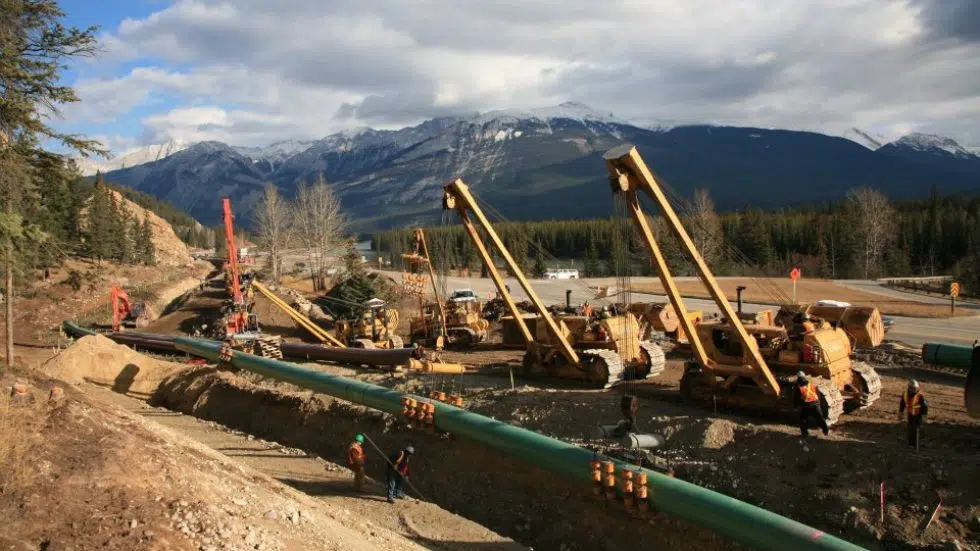
Canada regulatory board greenlights Trans Mountain pipeline
VANCOUVER — The National Energy Board has recommended that the federal government approve the contentious $6.8-billion Trans Mountain pipeline expansion with 157 conditions.
The federal regulator issued its long-awaited report Thursday on the project after a two-year debate that cost millions, galvanized aboriginal and environmental protests and prompted mass arrests.
A three-member review panel recommended Ottawa approve Kinder Morgan Canada’s proposal to triple the capacity of the pipeline, which carries crude from oilsands near Edmonton to Burnaby, B.C.
But Kinder Morgan will first have to address 157 engineering, safety, environmental and emergency preparedness conditions, including holding $1.1 billion in liability coverage and detailing its plans to reduce and offset emissions.


